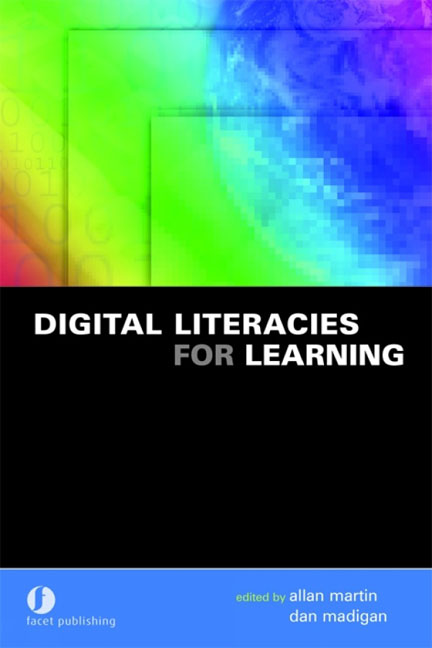Preface
Published online by Cambridge University Press: 08 June 2018
Summary
It is now nearly a decade since Paul Gilster published Digital Literacy. Gilster's book was stimulated by the emergence of the internet, which had ‘grown from a scientist's tool to a worldwide publishing and research medium open to anyone with a computer and a modem’. (Gilster, 1997, 1). Since that point, the world of the digital has changed still further (not that we should be surprised about that, as change is endemic to human society and to the human condition). Eliana Rosado and Claire Bélisle summarize the way in which our relationship to knowledge has evolved:
The use of technological tools to access information (such as databases, digital libraries, or simply the Web) has resulted in the need to cope with information of immeasurable quantities, with great levels of complexity, accessible at inconceivable speeds. Knowledge skills needed include knowing how to be able to gather vast amounts of information from varied sources, knowing how to select and synthesize it, how to interpret it and evaluate it taking into account diverse cultural contexts and formatting. Because the human mind cannot deal with great quantities of symbols simultaneously, technological tools become absolutely necessary to organise such complex information in readable patterns.
(Rosado and Bélisle, 2006, 4)The internet is still with us, as a means of communication – e-mail, instant messaging, chatrooms, discussion forums, blogs, virtual communities – as a publishing outlet and literally limitless source of ‘information’ – good or bad, true or false, beneficent or malicious, well crafted or careless, meaningful or incoherent, organized or random – and as a gigantic marketplace – for groceries, books (yes, they're still in demand!), holidays, houses, ideas and anything that can be bought and sold, auctioned, swapped or simply given away (although there's usually a catch). Cyberspace represents and purveys everything that exists in human society – it has become coterminous with it (‘of equal extent or scope or duration’ – http://wordnet. princeton.edu/perl/webwn). But there's more. As Rosado and Bélisle point out, the amount of information out there is too great for us to handle – it is simply beyond imagining. In many ways, the only way to deal with it is by employing more digital tools. And deal with the digital world we must.
- Type
- Chapter
- Information
- Digital Literacies for Learning , pp. xxv - xxviiiPublisher: FacetPrint publication year: 2006



